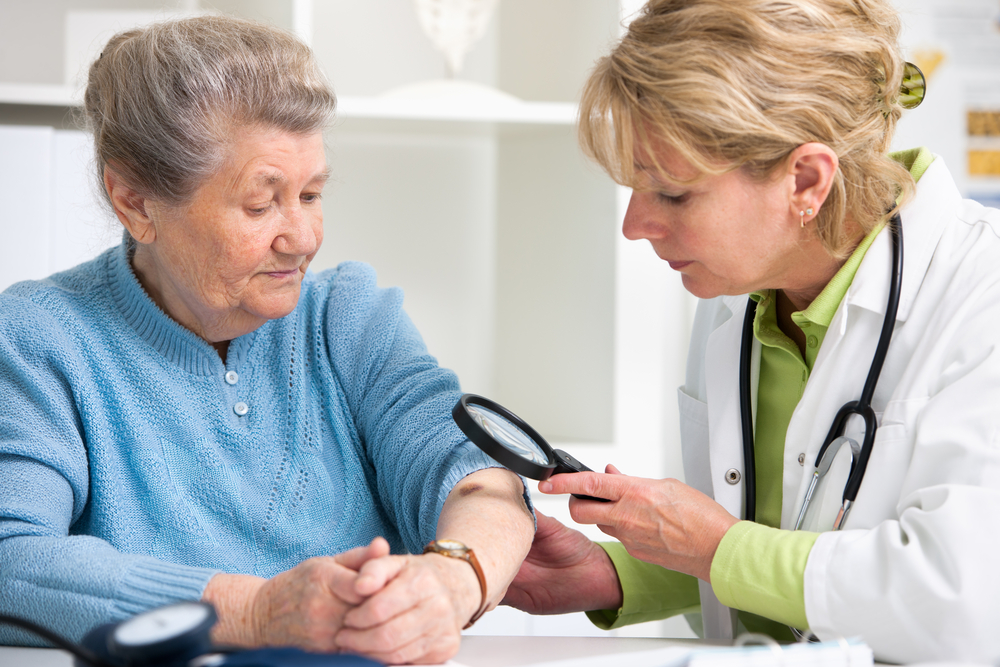Essential Guide to Skin Cancer Detection and Prevention
This comprehensive guide covers skin cancer types, risk factors, symptoms, and prevention methods. Knowing early signs and practicing sun safety can significantly reduce risks. Early detection is key for effective treatment, so regular skin examinations are essential. Learn about the most common skin cancers such as BCC, SCC, and melanoma, along with protective tips to maintain healthy skin.

Essential Guide to Skin Cancer Detection and Prevention
Understanding Skin Cancer: Signs, Types, and Prevention Strategies
Skin cancer is among the most common and serious health concerns worldwide. It can develop on any skin area, affecting layers such as the epidermis, dermis, and subcutaneous tissue, and may spread to nearby tissues and organs if left untreated. Recognizing its different forms, risk factors, symptoms, and early detection techniques is vital for effective treatment and management.
Main Types of Skin Cancer
Keratinocyte carcinomas, originating from skin keratinocytes, are the most prevalent. These include Basal Cell Carcinoma (BCC) and Squamous Cell Carcinoma (SCC).
Melanoma, derived from pigment-producing melanocyte cells, is less common but significantly more dangerous.
Other less common types include Merkel cell carcinoma, Kaposi’s sarcoma, skin appendage tumors, cutaneous lymphoma, and various sarcomas.
Research indicates that about 50% of people will experience BCC or SCC at least once during their lifetime. Each year, approximately 3.5 million cases of these carcinomas are diagnosed nationally. Melanoma, though less common, accounted for around 76,000 cases in 2014. BCC and SCC frequently develop on sun-exposed areas like the face, neck, hands, and scalp but can also occur internally. Melanomas often resemble benign moles but demand careful attention due to their severity, with men being more affected than women.
Prolonged sun exposure can lead to actinic keratosis (AK), characterized by rough, scaly patches on the skin, which increases the risk of developing skin cancers. Over 58 million Americans suffer from AK, and risk increases with age—half of individuals over 65 develop keratinocyte skin cancers.
Men over 50 are at higher risk for BCC and SCC, while melanoma is more common among those aged 25-29. Factors such as UV radiation, light skin complexion, and genetics contribute to vulnerability.
Important risk factors include:
Fair skin, particularly red or blonde hair
Severe sunburns
Family history of skin cancer
Tobacco use
Autoimmune diseases and immunosuppressive therapies
Lives at high altitudes where UV exposure is increased
Watch for symptoms like persistent sores, bleeding, irregular moles, sudden itching or tenderness, and rapidly enlarging spots. Regular skin checks can lead to early detection and improved outcomes.
Prevention includes avoiding peak sunlight hours, using broad-spectrum sunscreen, and wearing protective clothing. Seek prompt medical advice if any suspicious skin changes occur. Treatment options range from surgical removal and cryotherapy to advanced methods like immunotherapy and radiation, especially effective when caught early.


